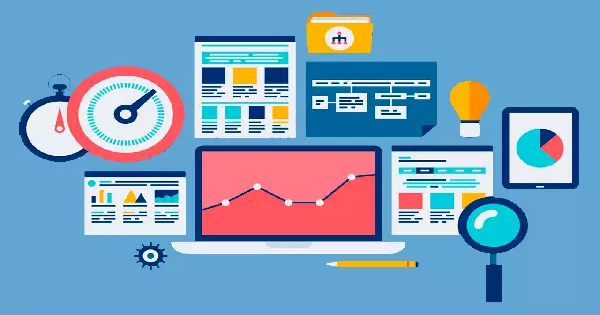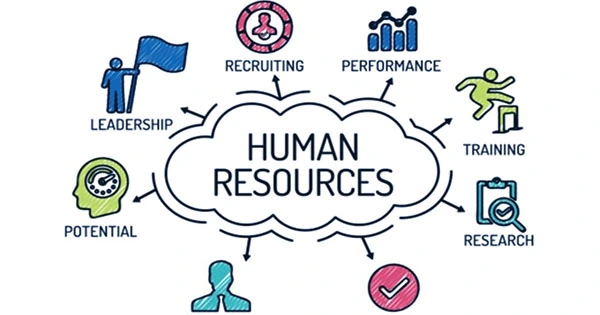Giving information to users who are a part of the organization at various levels is the responsibility of a management accountant. However, the needs for information vary depending on the degree of management. As a result, a management accountant must customize the data for them.
As the top, middle, and bottom management of an organization, the management accountant should first be clear on and comprehend the corporate vision before providing any type of information. The top management is in charge of the long-term strategy plan, which includes choices for the next five to ten years. As a result, the senior management will develop a mission, which will include a more precise objective that focuses all of the company’s activities. In order to identify which initiatives need to be conducted to meet the company’s goals, the management accountant should create budgets for the top management accountant. The next year’s actions must be specified in the budget, which is a strategic plan. Additionally, it assigns the duty of meeting budgets to the appropriate managers in accordance with corporate guidelines. To achieve goals, for instance, management accountants produce budgets that are imposed on top management before being imposed on middle management. A management accountant should be in charge of all or some of a company’s financial state, actions, and transactions at the top levels of management. The management accountant should also manage their relationships with investors and auditors, undertake financial research, develop corporate strategy, and maintain budgets.
They are in charge of creating and executing the tactical plans necessary to carry out the organization’s mission in middle management. Tactical plans outline how an organization will use its resources, finances, and workforce to accomplish its goals in line with its mission. Management accountants will employ a variety of techniques at this level to determine the profit with the lowest possible production costs. One method for calculating changes in costs and sales to determine profit is profit volume analysis. The breakeven point, or the amount of sales required to make zero profit, is determined by management accountants. The report on scarce resources, whose supply is constrained by a limit factor, was then prepared by management accountants. Then, before making a final decision, the management accountant will produce the product that gives a higher contribution per limiting element and takes into account qualitative variables. Final decisions include those that are made or purchased. An organization is offered the option of producing the product using its own resources or paying another company to do so. Middle management must make judgments, carrying out tactical plans, and assigning tasks to operational management after the management accountant prepares information in the form of cost volume profit, limiting factors analysis, and decisions about activities to acquire or make. In conclusion, a management accountant should provide middle-level management with information on financial statement preparation, internal control evaluation, staff supervision, tax preparation and review, and general ledger administration.
When operational plans pertain to day-to-day plans for manufacturing goods or services, lower lever management is in charge of carrying them out. To help lower management know how much inventory to reorder in order to save ordering expenses and holding costs, management accountants, for instance, will determine the economic order quantity. Lower level management will therefore place the largest order. Receivables and payrolls, financial statements and compliance audits, assistance with the budget department, and report preparation for the controller’s department are the types of information a management accountant should specialize on at the lowest level.
















